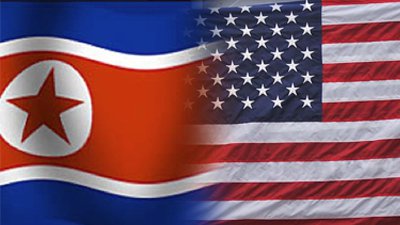We are now several weeks into the new administration and the frenetic pace of executive orders, protests, legal rulings and multiple Presidential meetings with business leaders seems only to be picking up pace. The National Security Advisor resigned on February 13th following revelations of his mischaracterization (i.e., lying) regarding his communications with the Russian ambassador. It’s inarguably a busy time with a decidedly pugilistic feel to it. The administration is sparring with a host of antagonists and there is a “martial” feel to these first few weeks.
This situation is not all bad. Many changes are necessary in our international posture and domestic policies. If boundaries are not pushed, assumptions challenged, and behaviors modified, stasis will continue to define us. That is not why Trump was elected. He must be a change agent…and in change there is uncertainty, volatility, and chaos. In light of the administration’s rhythm of engagement, I thought it might be a good opportunity to step back and view these critical first few weeks, and, what I certainly a blueprint for the next few years, through a leadership lens.
This administration is about creating jobs and shoring up our economy in a manner that benefits “America first.” Without question, there is a strong, sharp-edged, in-your-face feel to this administration. Accurate or not, both the administration and the media, in these first few weeks, have decided to compete. We should not be surprised by this characterization of the relationship since many of President Trump’s cabinet leaders and members of his inner circle are business and former military leaders who are trained in the art and science of creating and calming chaos.
It is quite common to view military leadership through a much broader lens and ascribe its characteristics and principles to business. It seems to fit.
The “missions” of business are not dissimilar from the military…defining the purpose, describing the necessary tasks, designing the organization, building the team, and achieving open and precise communications. The risks are similar as well. Sadly, but inevitably, soldiers may die in combat and their units may suffer loss; nothing in life is more tragic or permanent. A business may fail and drag its employees down with it. Certainly, this does not place anyone at physical risk, but a negative outcome in business is personally damaging and the effects long-lasting. Families are displaced and careers are ruined.
The art of war has been practiced and studied for millennia. Not unlike other theoretical fields of study or practical professions, the art of war is rooted in a doctrine and a set of principles.
The Principles of War, codified by Carl von Clausewitz, a Prussian who fought in the Imperial Russian Army in the early 19th century against Napoleon, guides our study of warfare and military leadership in war today. By comparison, Peter Drucker, the brilliant and prolific author (over 25 books) who studied and established the guiding principles of business, shares many of Clausewitz’s views.
What Clausewitz did for the study of war, Drucker did for the study of business. Military and business leadership arguably are two sides of the same coin.
There are nine Principles of War. They are: objective, offensive, mass, economy of force, maneuver, unity of command, security, surprise, and simplicity.
I think it’s helpful to provide a brief description of each.
Objective: This is the ultimate purpose of war, to destroy the enemy’s ability and will to fight, by directing every military operation toward a clearly defined, decisive and attainable end.
Offensive: Seize, retain, and exploit the initiative. Offensive action is the most effective and decisive way to attain a clearly defined common objective while maintaining freedom of action and achieving decisive results.
Mass: By synchronizing the effects of overwhelming combat power, rather than concentrating forces, at the decisive place and time, a numerically inferior force can achieve decisive results, while limiting exposure to enemy fire.
Economy of Force: This is the opposite of mass. Economy of force is the realization that one must employ all combat power in the most effective and judicious way possible. Every part of the force must have purpose.
Maneuver: Maneuver is the deliberate movement of forces in relation to the enemy to gain an advantage. It is used to exploit your successes and to preserve your freedom of action. Maneuver is a demonstration of initiative.
Unity of Command: For every objective, you must seek unity of command and unity of effort. Unity of command means that all the forces are under one responsible commander.
Security: You should never permit the enemy to acquire unexpected advantage. Security enhances freedom of action by reducing vulnerability to hostile acts, influence, or surprise. Security results from knowledge of your enemy and solid planning.
Surprise: You must strike the enemy at a time, place, and manner for which he is unprepared. Surprise can decisively shift the balance of combat power and momentum.
Simplicity: Prepare clear, uncomplicated plans and concise orders to ensure their understanding. Everything in was is very simple, but the simple thing is difficult. Other factors being equal, straightforwardness is to be preferred.
By cross-walking each principle of war to business, it’s not surprising to see the similarities overlap.
Objective: No business has ever emerged from infancy of a notion to realization of growth without a clear and decisive statement of purpose. An example: Amazon’s vision is to be “earth’s most customer centric company; to build a place where people can come to find and discover anything they might want to buy online.”
Offensive: This demands disruption. You should be first to market by establishing the bar. Of course, you’d prefer to have market share and defend against newcomers that try to break in with possibly nothing more than a knock off. If you want to own the high ground, take it. You should want to be there first.
Mass of Economy and Force: These two principles keep us in balance. You must focus on what supports and advances the core delivery and get behind that effort with every resource. Simultaneously, you must be mindful of exposure that this priority effort requires. Where are you most weak when strong elsewhere? Answer that question to identify and mitigate risk.
Maneuver: If you’re stagnant in business, you’re irrelevant, at risk, and ultimately dead. Stay focused on the core of your business and invest (maneuver) in new markets and additional revenue channels. Think disruption but don’t grab at every shiny object. Have a plan to get to where you are not.
Unity of Command: There’s always someone who’s in charge. However, in companies with a matrix design of teaming to attack opportunities, leadership often is never declared or, more importantly, resourced. Set your teams up for success and clearly establish the authority and responsibility lines at the beginning. Remove any doubt about who’s in charge.
Security and Surprise: Protect your organization from competitors and yourself. If you can accomplish that, you’ll never be completely surprised. The best security is a greater understanding of the market environment and competitors. Mostly, competitors (your enemy) are outside your organization; however, increasingly and troubling, your worst enemy may be “inside the wire” in the form of an insider threat. Have a program to monitor the environment and yourself. If you know yourself, and you know the environment, you’ll win. At the end of the day, it is about winning.
Simplicity: We know the KISS rule: keep it simple, stupid. Possibly a less insulting description is to use Occam’s Razor, the principle of parsimony, economy, and succinctness. Among competing hypotheses, the hypothesis with the fewest assumptions should be selected. Of course! We should never deviate from this rule. As Steve Jobs said, “That’s been one of my mantras – focus and simplicity. Simple can be harder than complex. You have to work hard to get your thinking clean to make it simple. But it’s worth it in the end because once you get there, you can move mountains.”
The basics of leadership are to influence a team to get the job done by providing purpose, direction, and motivation. It’s fair to say that when the principles of war are applied to business and our Presidential administration, successful outcomes are more likely.
Additionally, an organization will evolve that knows its people and promotes their welfare, develops leadership, demand openness in communications, trains its members, and grows as a team. There can be no better outcome. I’d say Clausewitz and Drucker would agree, as would our President. Let’s hope that everyone else on either side do as well.


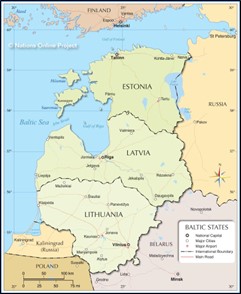

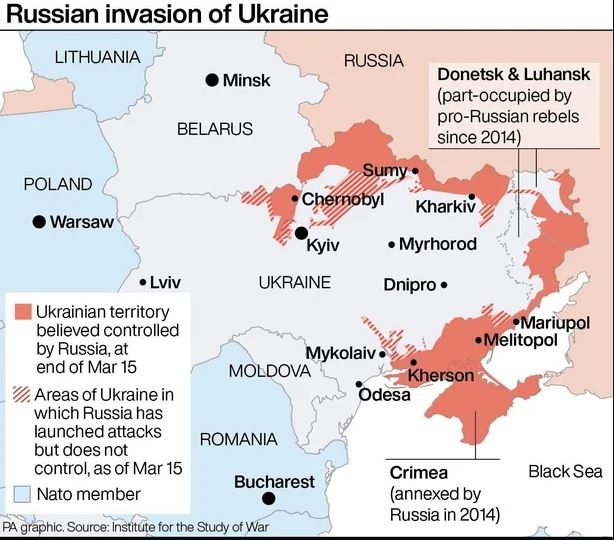
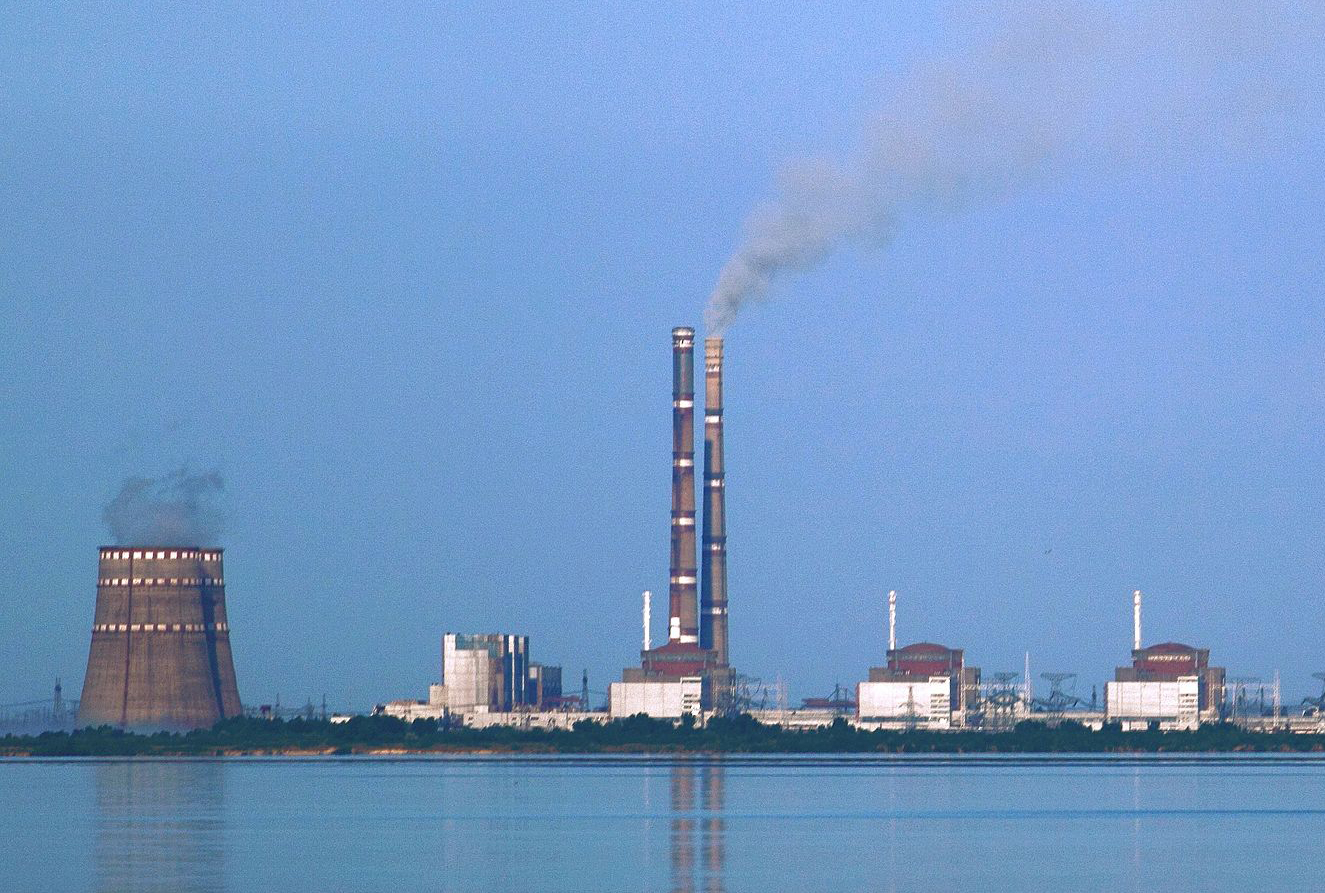
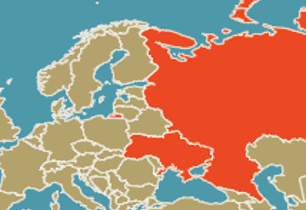
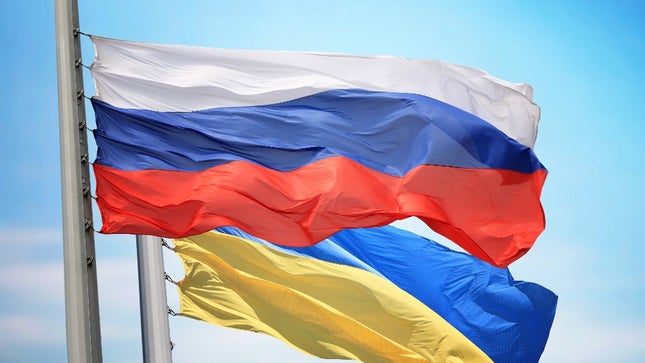
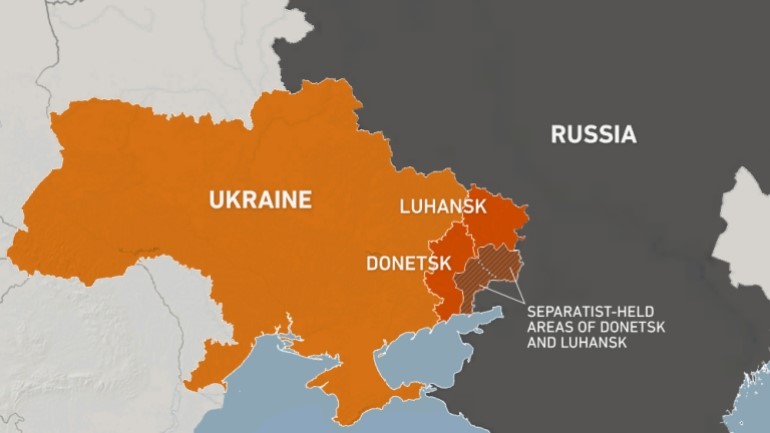









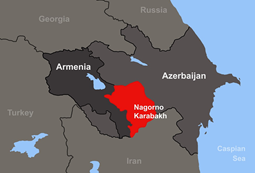





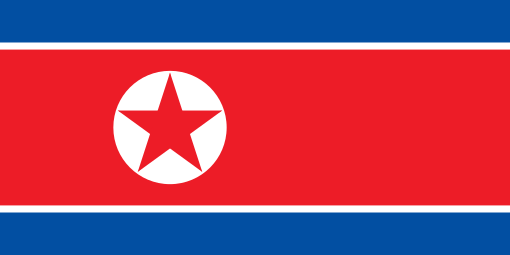


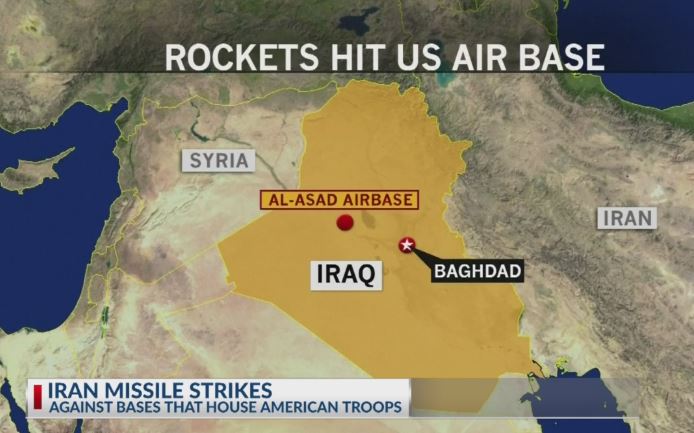
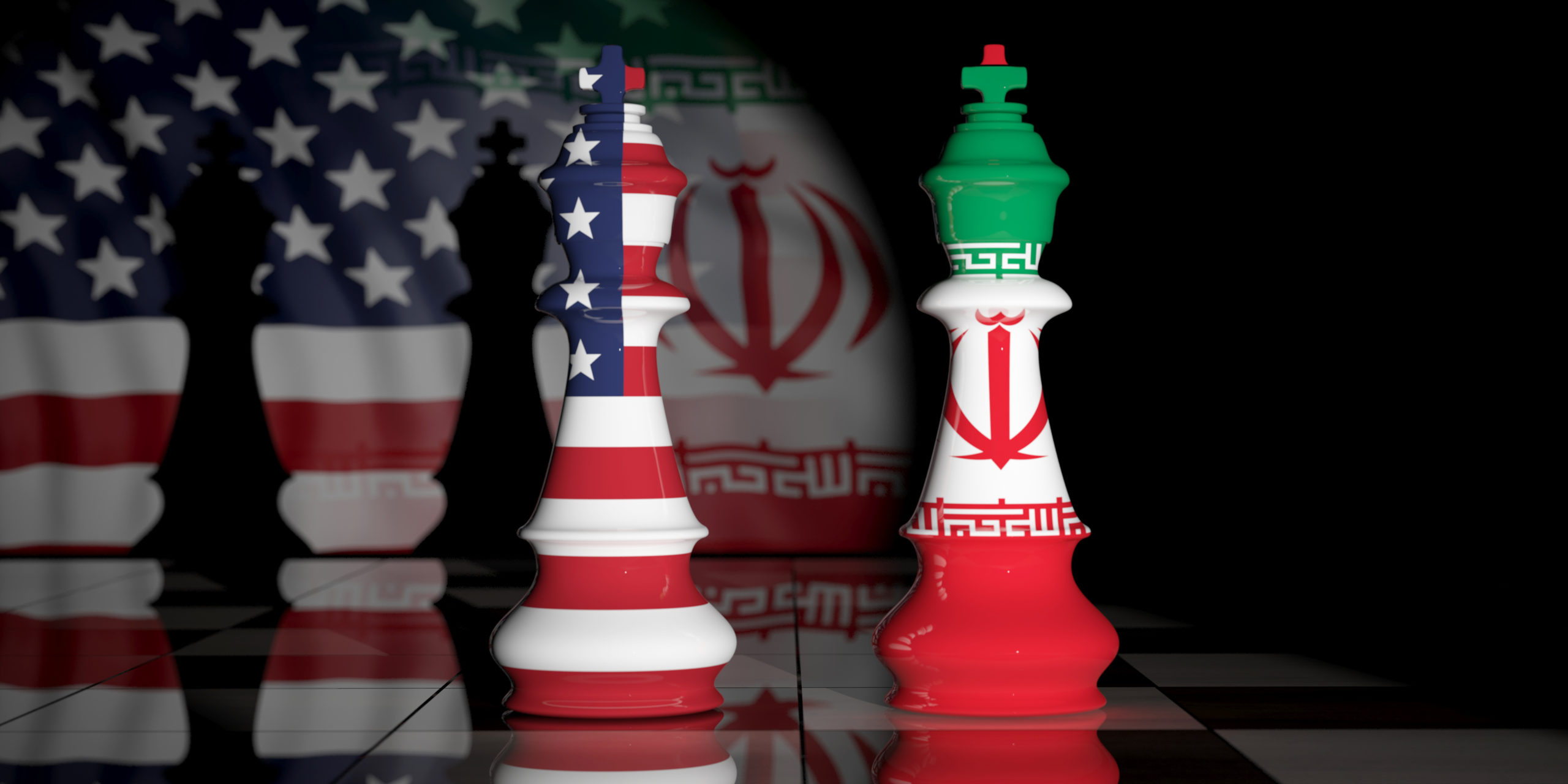


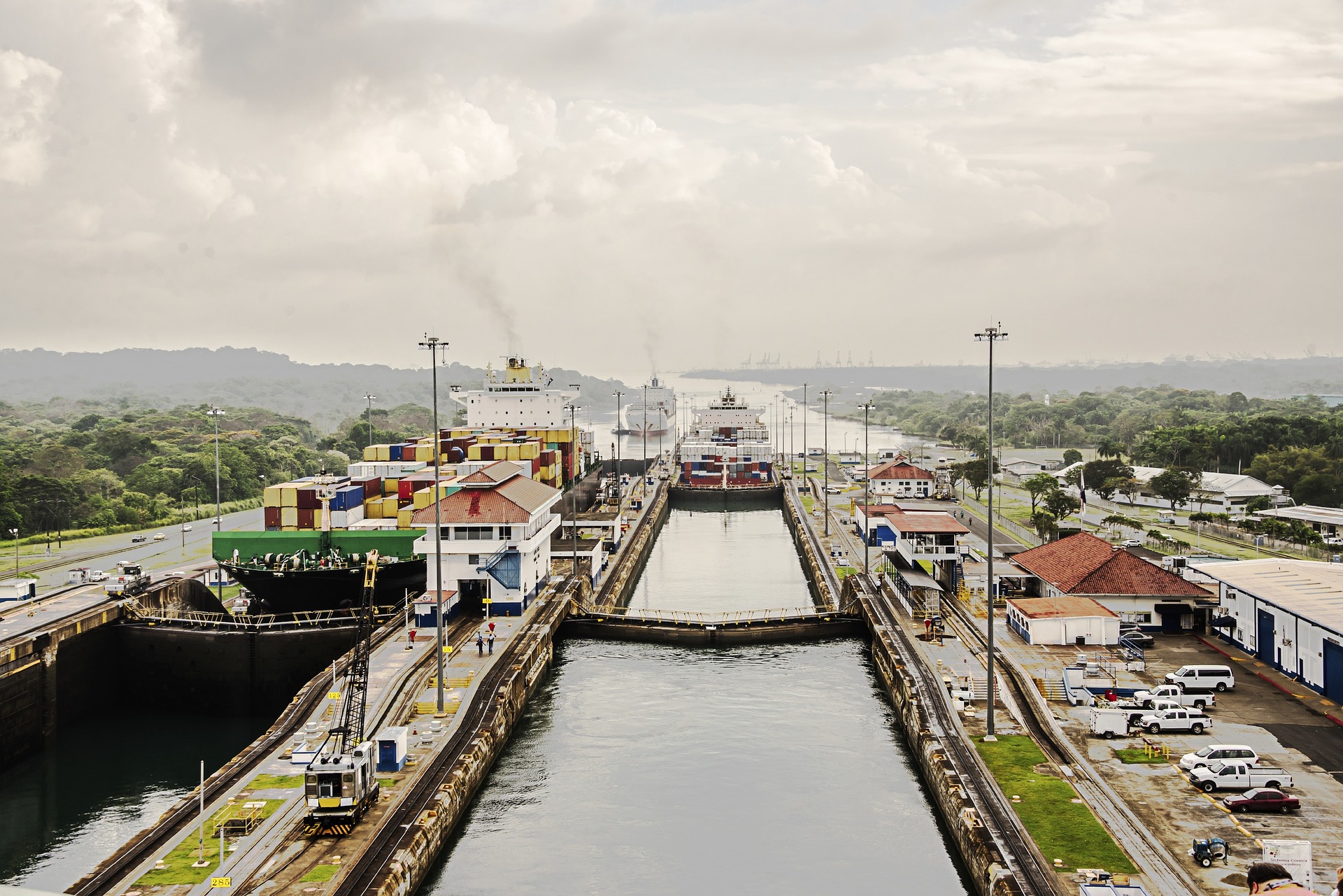
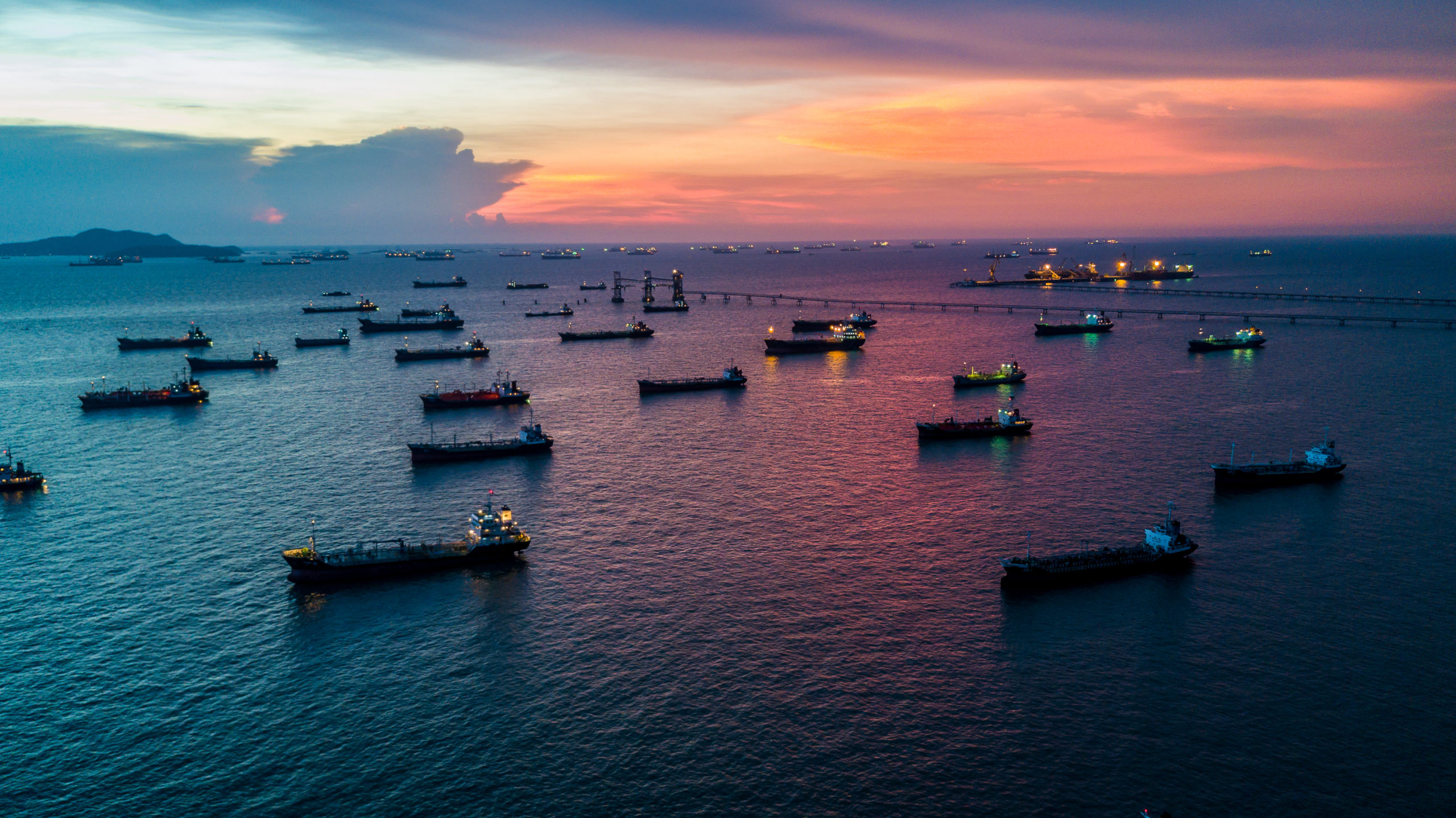
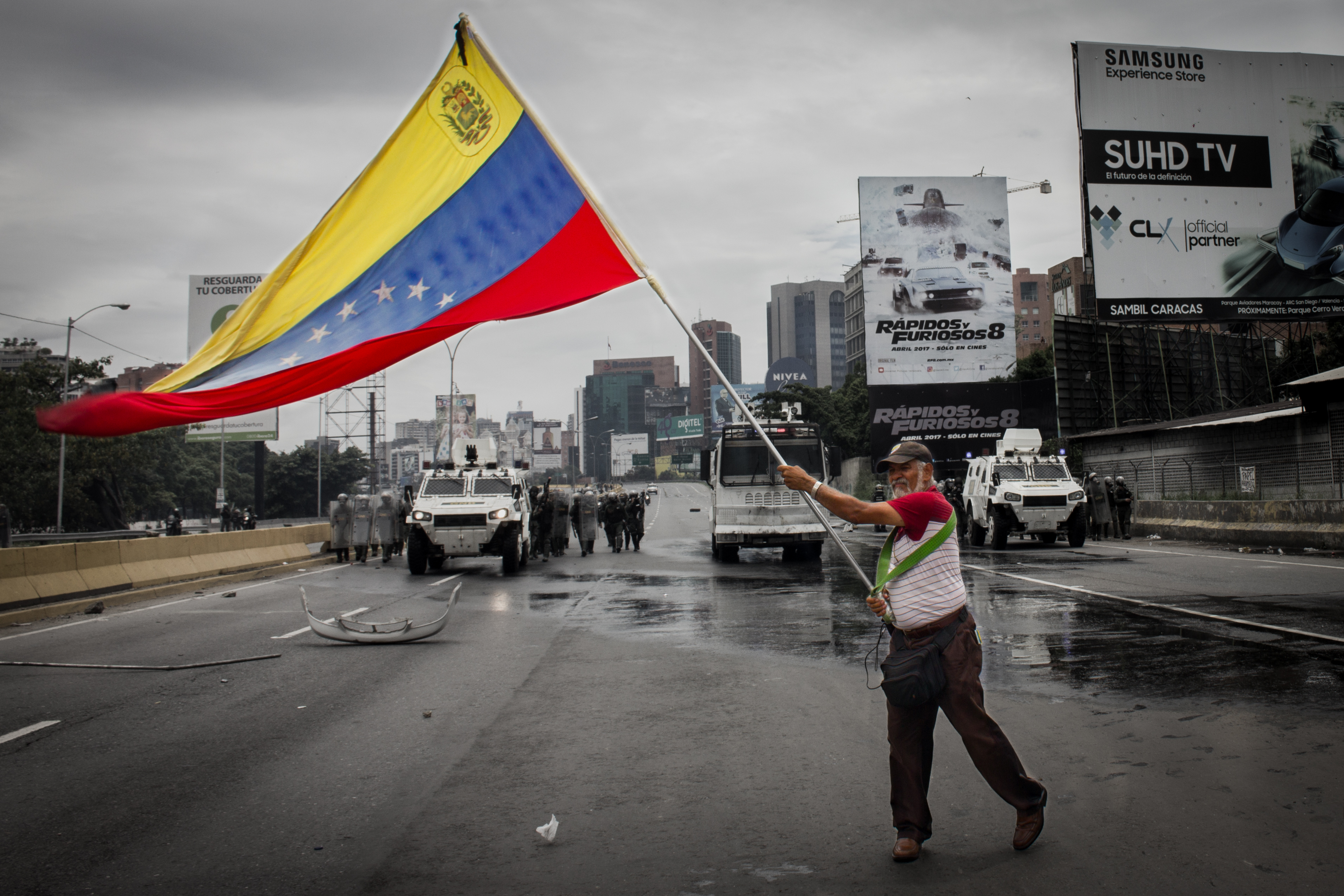

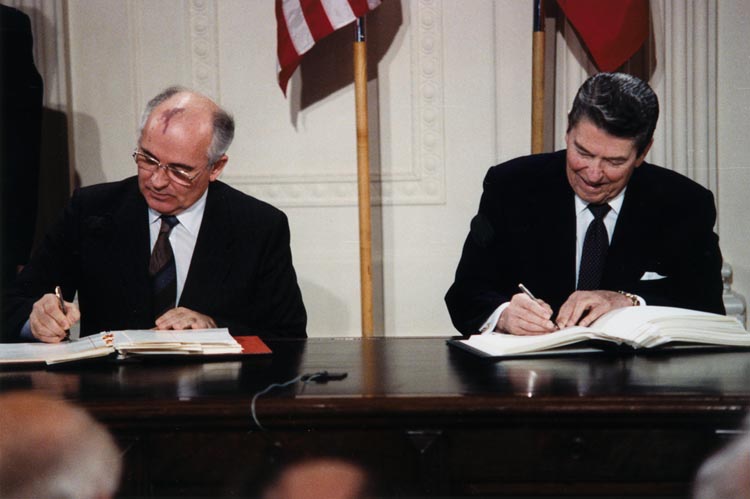




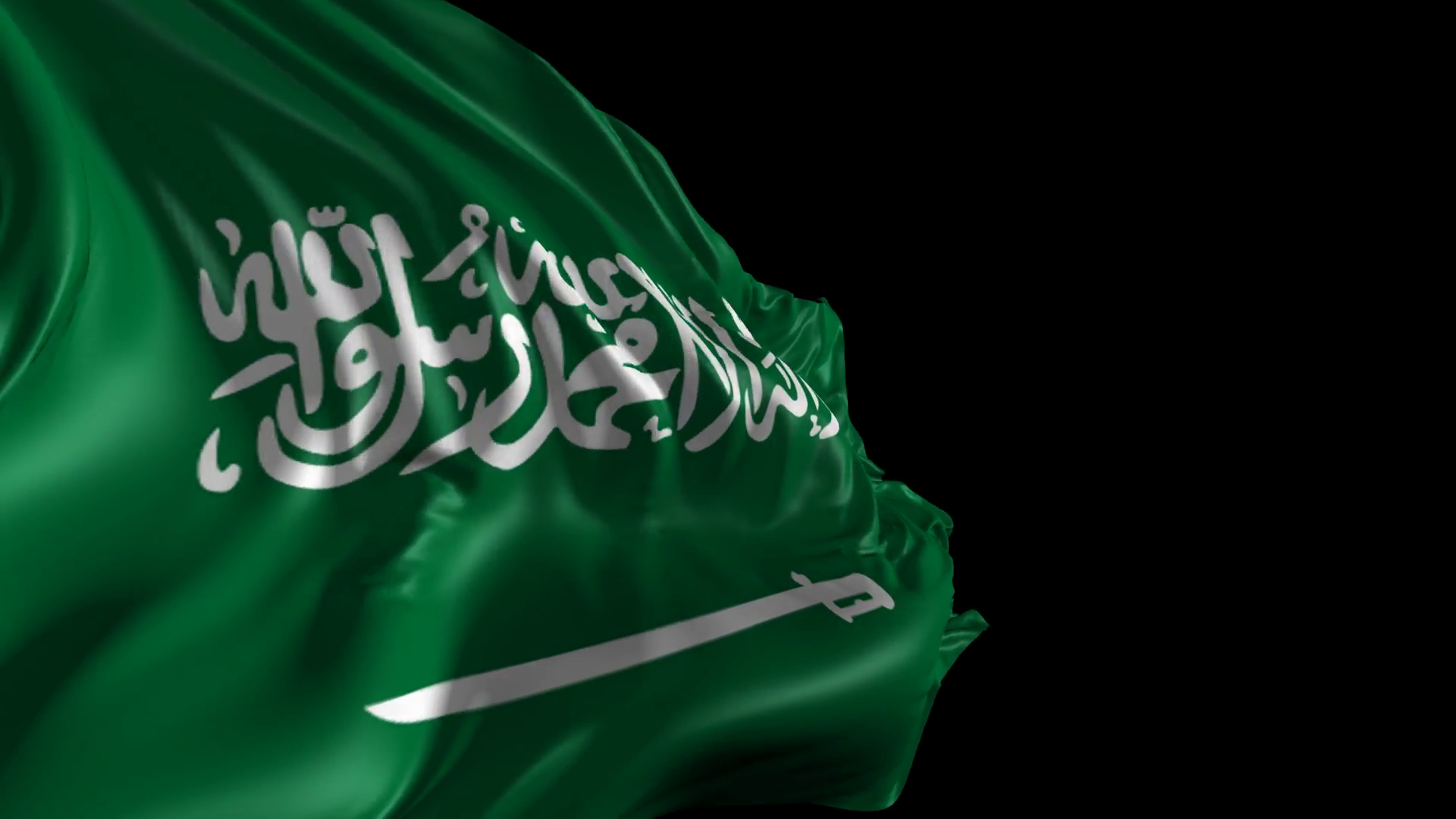


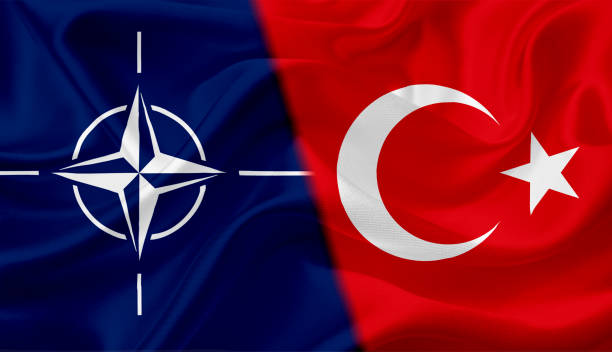
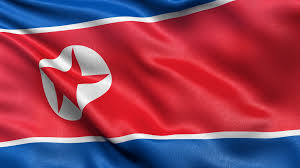


 “The price of poker just went up based on the POTUS tweet. Both Russia and the US are now at the center of the US response rather than Syria and President Assad. The escalation in rhetoric is dangerous but, in my view, very Trump-like. I suspect the Russians probably don’t have the density of counter-missile capabilities to support their rhetoric. The US can engage and re-engage multiple times, but I think the Russians will have great difficulty responding beyond an initial volley. Based on the President’s tweet, I suspect the US options will be more robust. There is a significant risk to Russian prestige if they try to counter and it doesn’t go well.”
“The price of poker just went up based on the POTUS tweet. Both Russia and the US are now at the center of the US response rather than Syria and President Assad. The escalation in rhetoric is dangerous but, in my view, very Trump-like. I suspect the Russians probably don’t have the density of counter-missile capabilities to support their rhetoric. The US can engage and re-engage multiple times, but I think the Russians will have great difficulty responding beyond an initial volley. Based on the President’s tweet, I suspect the US options will be more robust. There is a significant risk to Russian prestige if they try to counter and it doesn’t go well.”

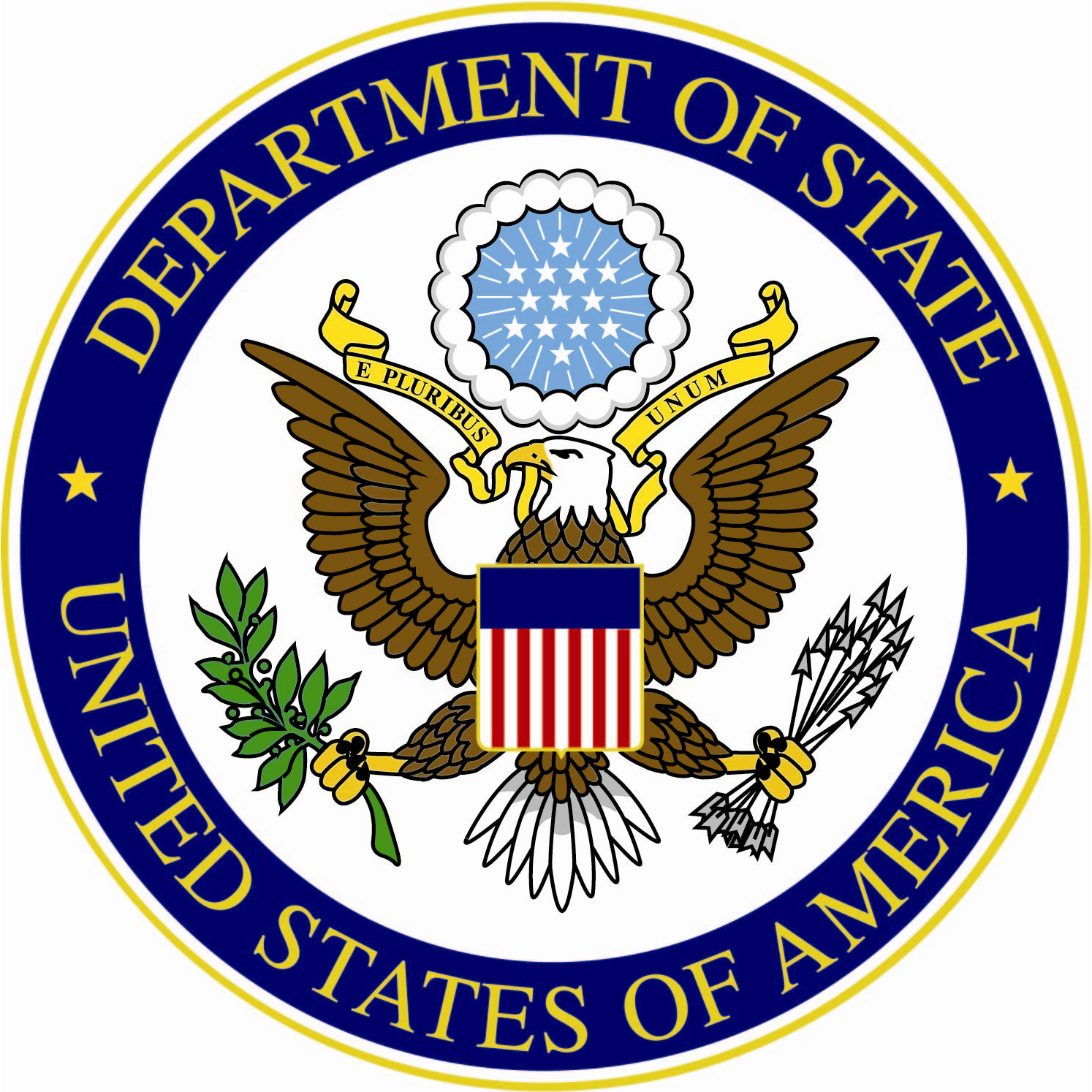
 “Initial reaction to the President’s announcement was Treasury yields, and the Dollar went lower as we saw a very brief ‘flight to quality’ trade. For the most part, markets seem to be ignoring the cabinet change. This reaction is compatible with Rex Tillerson’s less visible role in recent months. “
“Initial reaction to the President’s announcement was Treasury yields, and the Dollar went lower as we saw a very brief ‘flight to quality’ trade. For the most part, markets seem to be ignoring the cabinet change. This reaction is compatible with Rex Tillerson’s less visible role in recent months. “